With all this rain we’ve been having over the last fortnight I’ve barely even looked at our garden. I have ran out to pick the odd lettuce or rocket leaf and we are starting to eat a few outer leaves of the kale, but I have to admit it’s been a tad too long since I’ve spent real time out there, checking on the plants and giving them the love and attention they need.
With my lack of attention the cabbages are looking a little sad. The aphids have moved in, feasting on their sweet tender inner leaves and sapping the life out of the plants. They are right at the crucial stage of trying to tighten up to form the bud which will then balloon to form the cabbage. But at least half of them are so riddled with aphids, their future looks dreary.
In a bid to keep them alive I’ve taken to the two natural ways that I use to get rid of these little sap-sucking buggars. Water and soap.
First up, every day I’ve been blasting them with the hose on high. Get your hose right in there, turn it on full and wash away all of them as best you can. Open out some of the inner leaves as they tend to hid in there where no one can see and blast hard. For the really sick, bug eaten leaves I actually just pull them off and discard them. This has been working on it’s own, but should they come back with a vengeance I will turn to soapy water spray next. To make this, mix one teaspoon of natural eco-friendly laundry or dish washing liquid with one litre of water and spray all over the bugs. Use just once a week for a few weeks though as I’ve read recently that if it’s used for any longer you can run the risk of damaging your plant and the residue left on the soil can kill good soil bacteria.
Another way to fight off bugs is to make sure your plants are healthy and strong in the first place with good nutrient-rich soil and don’t neglect them when it’s too cold outside like I have been! Bugs seem to be more attracted to plants that are struggling (one out of 8 of my kale plants also has aphids, and just happens to be the smallest and most unhealthy of the bunch, while the rest are fine and bug-free).
If you see ants in your garden, leave them alone. They are the good guys and will feast on bugs such as aphids, instead of them feeding on your plants! When I’m being diligent I also do a quick scan of all the undersides of the leaves in the garden, daily. Whitefly, caterpillars and their eggs seem to always be lurking under there. I try to squish as many of these as I can and find it’s MUCH easier to deal with a caterpillar egg than a full-grown caterpillar, understatement of the year! If you are unsure of what caterpillar eggs look like, look for tiny white dots sticking off your leaves. White butterfly’s lay them and they turn into very hungry little green caterpillars in a matter of days. They especially love feasting on your brassicas so double check your broccoli, kale, cabbage, cauliflowers etc daily.
Random shot above of our experimental tomato plants, I know. But we had heard that it is possible to grow them year round here in Perth, because winter is so short compared to other parts of the world. They are not overly healthy and I’m not sure if we’ll get any more than a handful of tomatoes, but it was worth a shot!
Slugs and snails are Si’s domain (thank god!) I’m not the best as squishing large bugs, but being a male he seems to love it, what is it with boys and bugs?! Your best bet to tracking down these midnight munchers is to get out there in the dark of night, with a torch (especially if it’s been raining), track them down and um, ‘dispose’ of them. Yuk I know, but it’s them or your veges. You decide.
Snails and slugs don’t like going over rough surfaces either, so crushed egg shells, coffee grinds, wood ash etc sprinkled around your plants are all great deterants. As is the old beer in the bowl trick; sink a small bowl into the ground near your plants and fill with beer. Hopefully they will die a happy death…
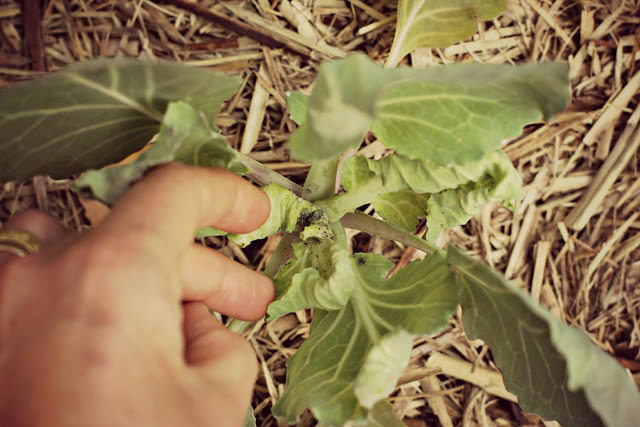
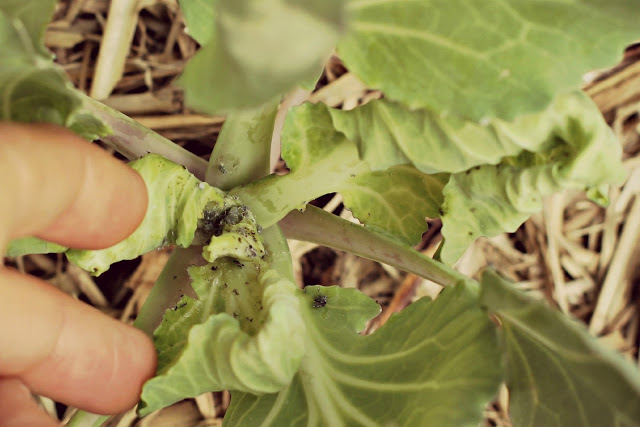
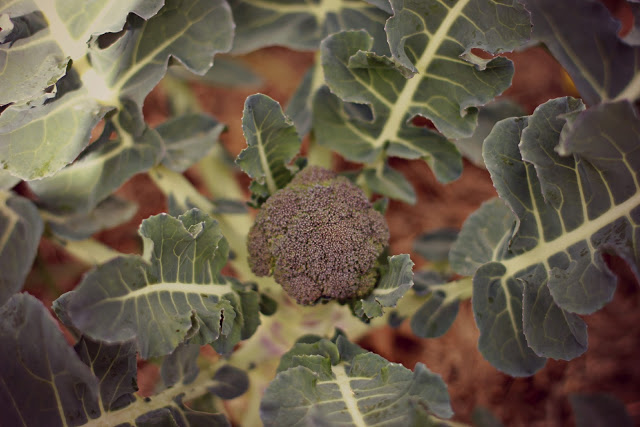
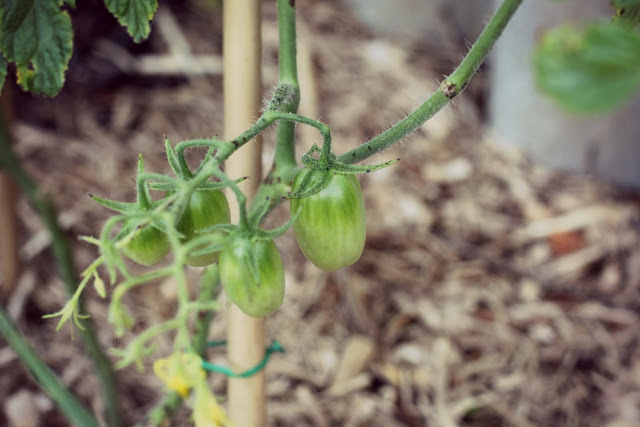
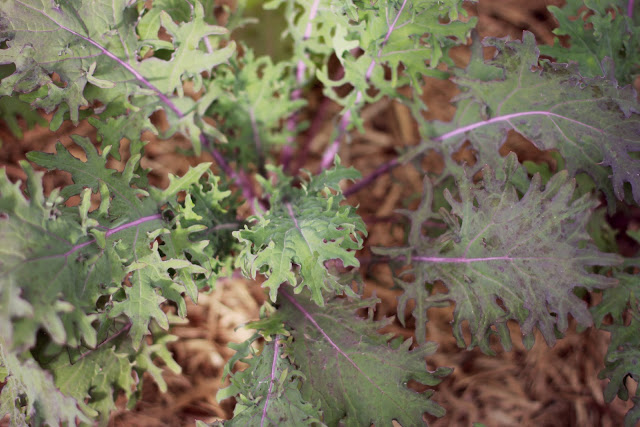
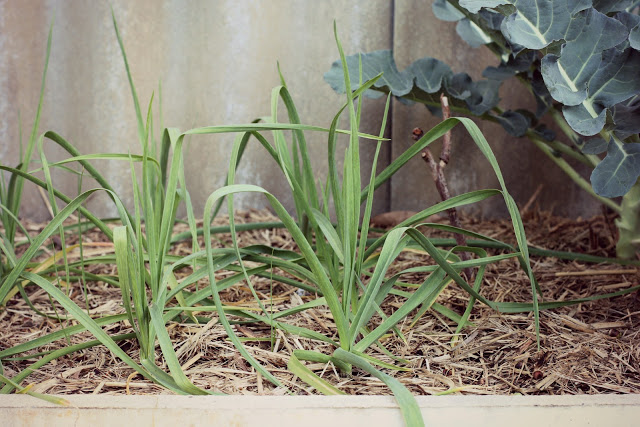
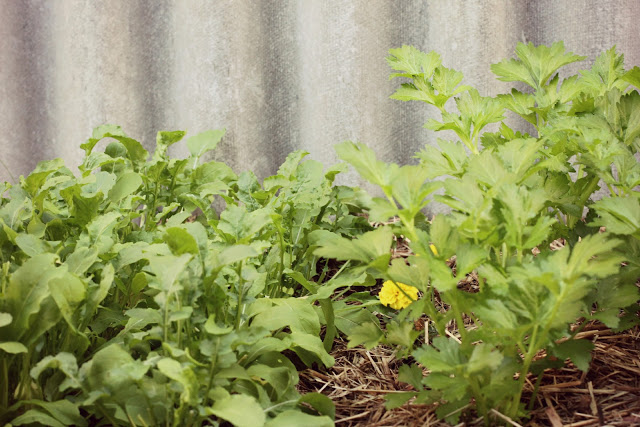
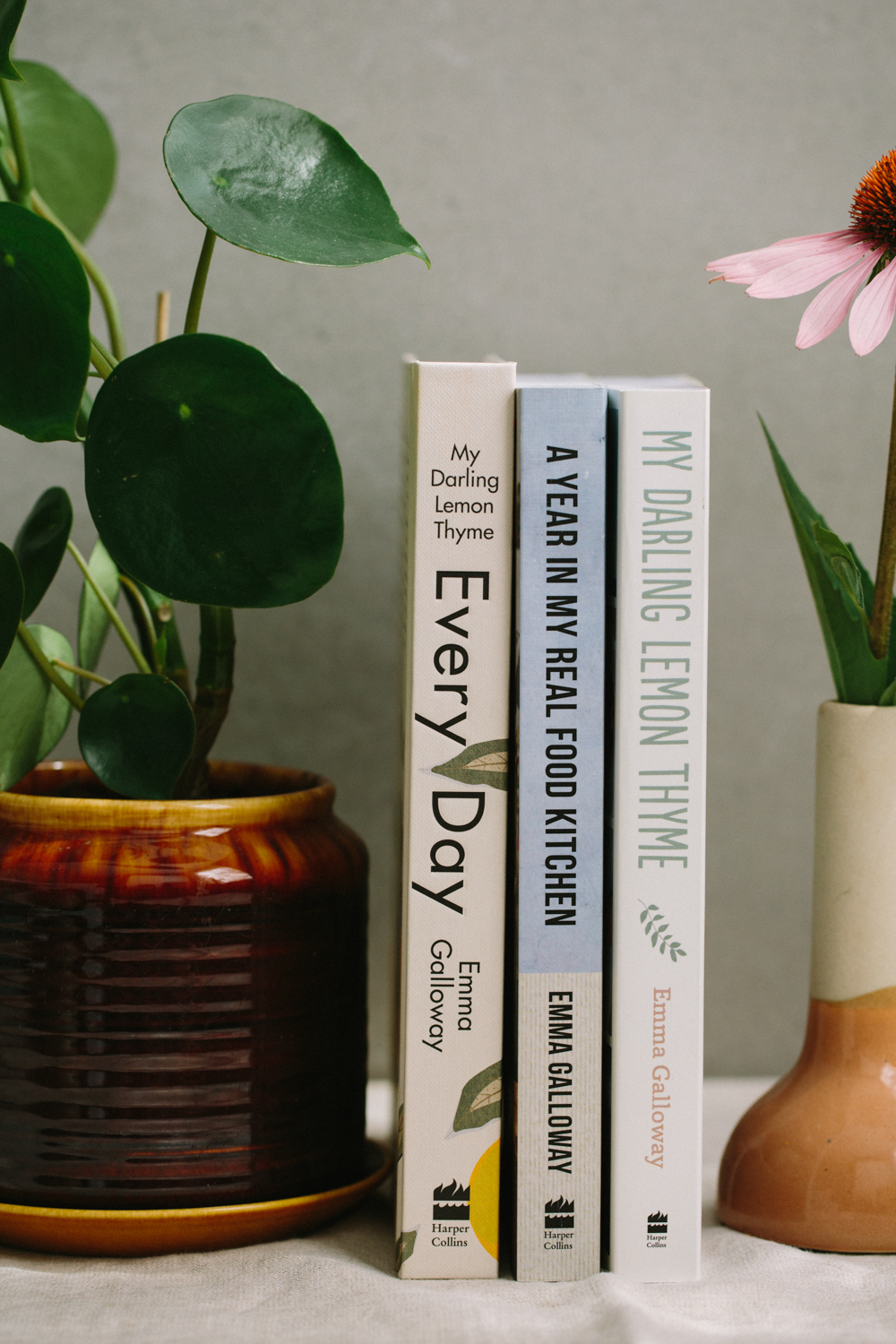




9 Responses
Your vege garden is so orderly and neat! Mine is an overgrown jungle – I haven't been near it in weeks, now too afraid of what might be down there…
I'm a virgo and a Galloway. Double whammy on the perfectionist front. Neat rows make me happy… 😉
Beautiful Garden!
I find that NEEM OIL mixed with water and sprayed on the plants works wonders – it is an organic method of pest control and I swear by it. I diomasticious Earth (sp)also deters slugs as well as sluggo.
Ah yes I forgot to mention that! Thank you. I've never used actual neem oil, but my nana swears by it. I've used neem oil soap mixed with water and sprayed on though, it works great.
I've been very slack with my garden in the cold. I don't have tiny pest problems, just furry, purry pest problems! My cat thinks I've cleaned out the veggie patch just for her to have dust baths in and thoughtfully fertilize from time to time.
Your garden is beautiful! It is the envy of this garden-less reader of yours 🙂
Thank you for sharing this. I have included it in my June Recipe Roundup at This American Bite.
I sprayed my palm with some vinegar and the little buggers didn't like it and my plant looks healthy again. Happy organic pest removal!
In my opinion, Mint is the most effective organic method for pest control in gardens as well as in homes. With a little effort, the plant’s sweet-smelling oils can be removed and mix with apple juice vinegar along with shabby vodka (or witch hazel). Then spray this mixture using a sprayer on the effected plants to control bugs in the garden.